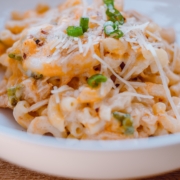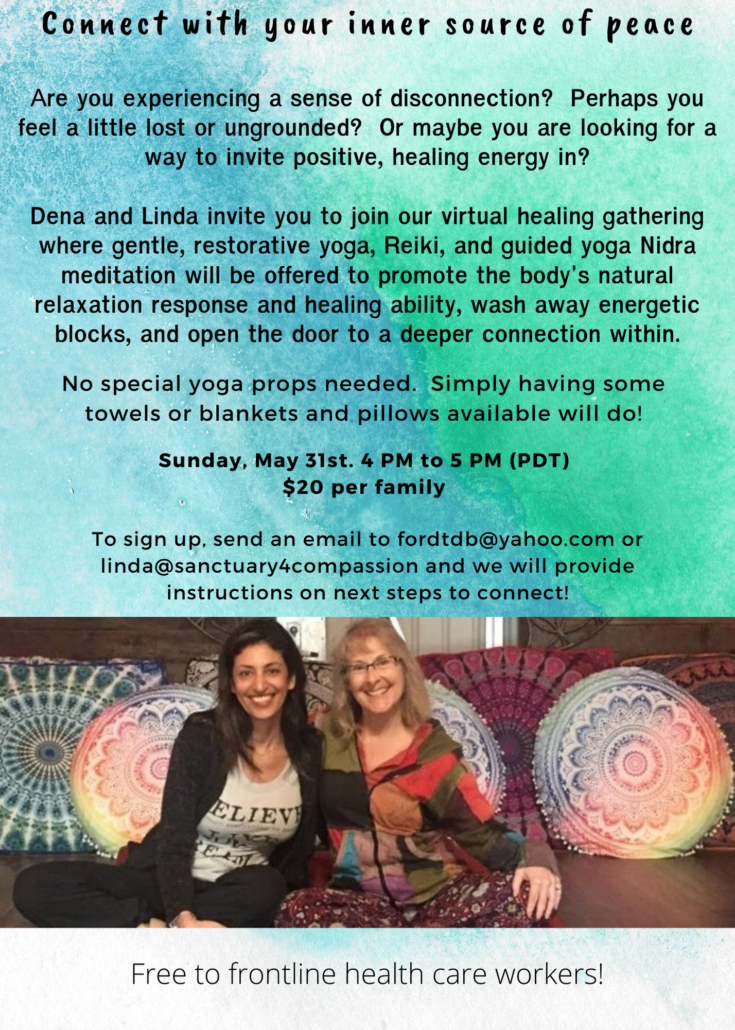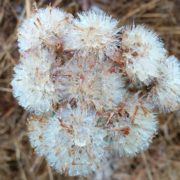Can welcoming and accepting our unpleasant emotions change an unhealthy relationship to food?
Growing up, my parents had two different approaches to emotions. One, my mother, expressed them all the time and the other, my father, never expressed them at all, believing that showing emotion was a sign of weakness. As I write this, I now know that my household was not all that uncommon. What I have learned over my life time is that many people struggle to balance their emotional experiences because we were never taught that emotions are natural, universal, and intelligent. Instead, we were taught that unpleasant emotions were not welcome and somehow had to be controlled!
Being a more “right-brained” human, I tried my best to control my emotions over the years, having internalized the cultural myth that emotions can be controlled. What tools are available to use in a war to try and control unpleasant emotions? Exercise? Shopping? Work? Food? Yes, Yes, Yes and Yes! Over the years, work and food took center stage for me as my weapons of choice.
I didn’t understand then that those weapons were pointed at me, trying to harm or shut up a significant source of my innate human intelligence, the part of my intelligence that was trying to tell me that my needs were not being met in that moment. I used those weapons to attempt to distract myself from a sense of overwhelm and loss of control. Work became a source of comfort for the part of me that wanted to have a voice and food became a source of comfort for the part of me that believed it had just survived a life-challenging event, where it had navigated through the overwhelm and came out on the other side. Food became almost a reward for making it through each day, with my thoughts saying “You did a good job, so you deserve to treat yourself to a big meal” and my body initially responding to the food intake with a release of tension, almost as if it was thanking me for finally giving it fuel to continue to live. Now I recognize the need that was not getting met in the moment was comfort!
Before the diagnosis of binge-eating disorder (BED) officially made it into the DSM-V in 2013, I would (and still do) describe my past, unhealthy relationship with food as an emotional eating disorder. I had bought into the “comfort food” phenomenon, where people seek out certain foods that create a temporary elevation of mood and a sense of relaxation. It was only after spending time with a compassionate therapist and discovering yoga as a replacement tool was I able to befriend my emotions and my body enough to listen to what they were trying to tell me. When I gave them “on air” time, I was able to become more aware of how I used food to soothe and distract from facing the fear and feeling the sting of powerful emotions, such as shame and rejection.
It was my own personal journey of learning to sit with my powerful emotions and honor that they serve me that brought my emotions into balance, so they don’t feel so overwhelming and scary anymore (and no longer show up in the most inappropriate places!). In fact, when I start to feel overwhelmed, it is a red flag to “STOP” and reevaluate what I need to bring back balance. By welcoming and accepting all of my emotions, I was able to establish a healthy relationship to food, recognizing food as simply fuel for my vehicle, so I could begin to make food choices that might be considered “premium gas” for my body.
It is also my own personal healing journey that has informed my work as a psychotherapist, embracing emotion-focused therapy as my “go to” approach. What I learned – and share with my clients – is that as humans, we all have emotions and would not want to control them because they inform us, as they are a powerful source of intelligence. So how excited was I when I read new research that validated my personal experience! This research confirmed that the experience of unpleasant emotions is among the most accurate predictors for binge eating episodes in BED and individuals with BED often experience difficulties with deficits in emotion regulation. It looked at the effectiveness of emotion-focused therapy to reduce the reliance on an eating disorder as an emotional coping mechanism and the evidence is emerging for the benefits of EFT for BED!
If you would like to read the full research article, click the link below:








